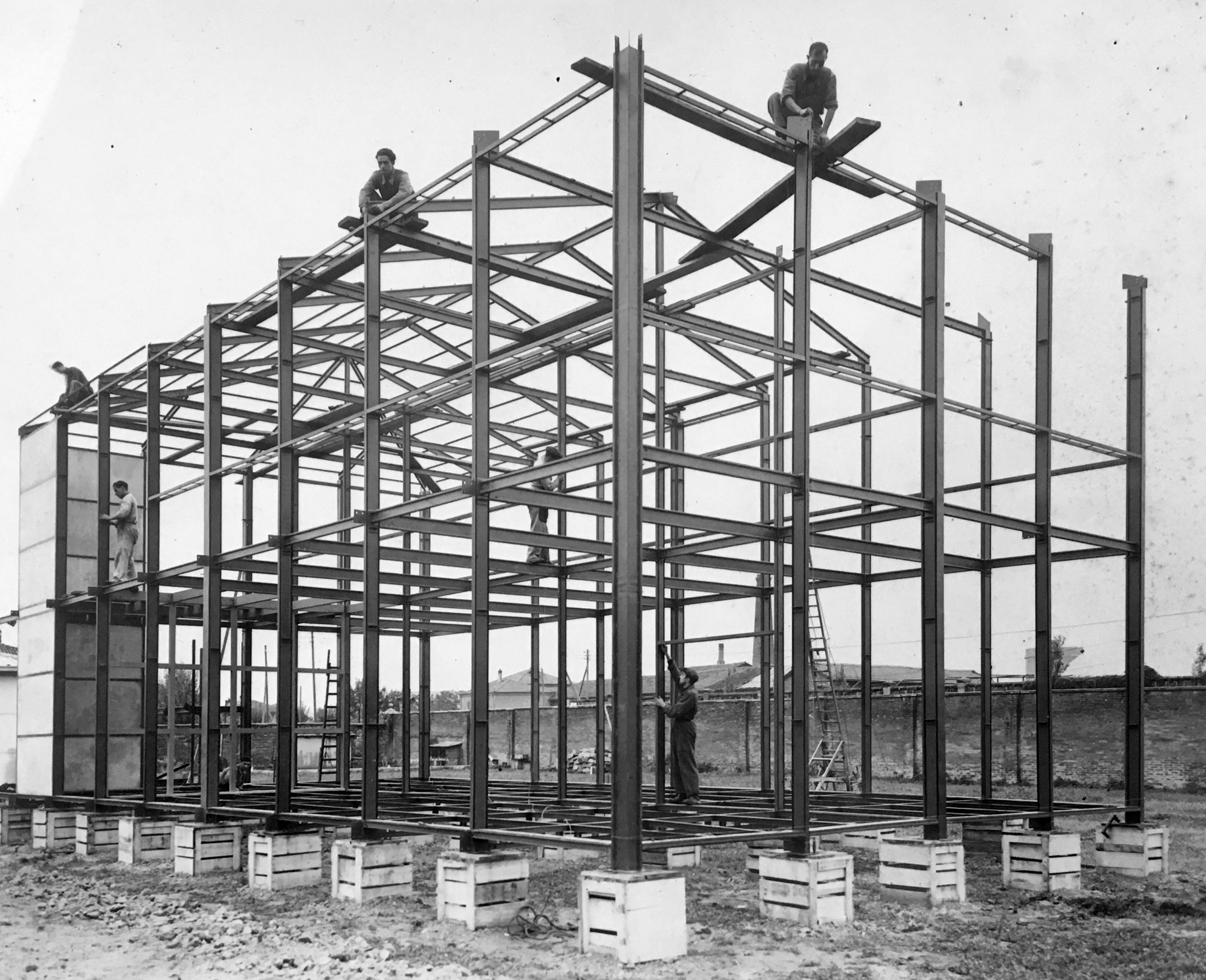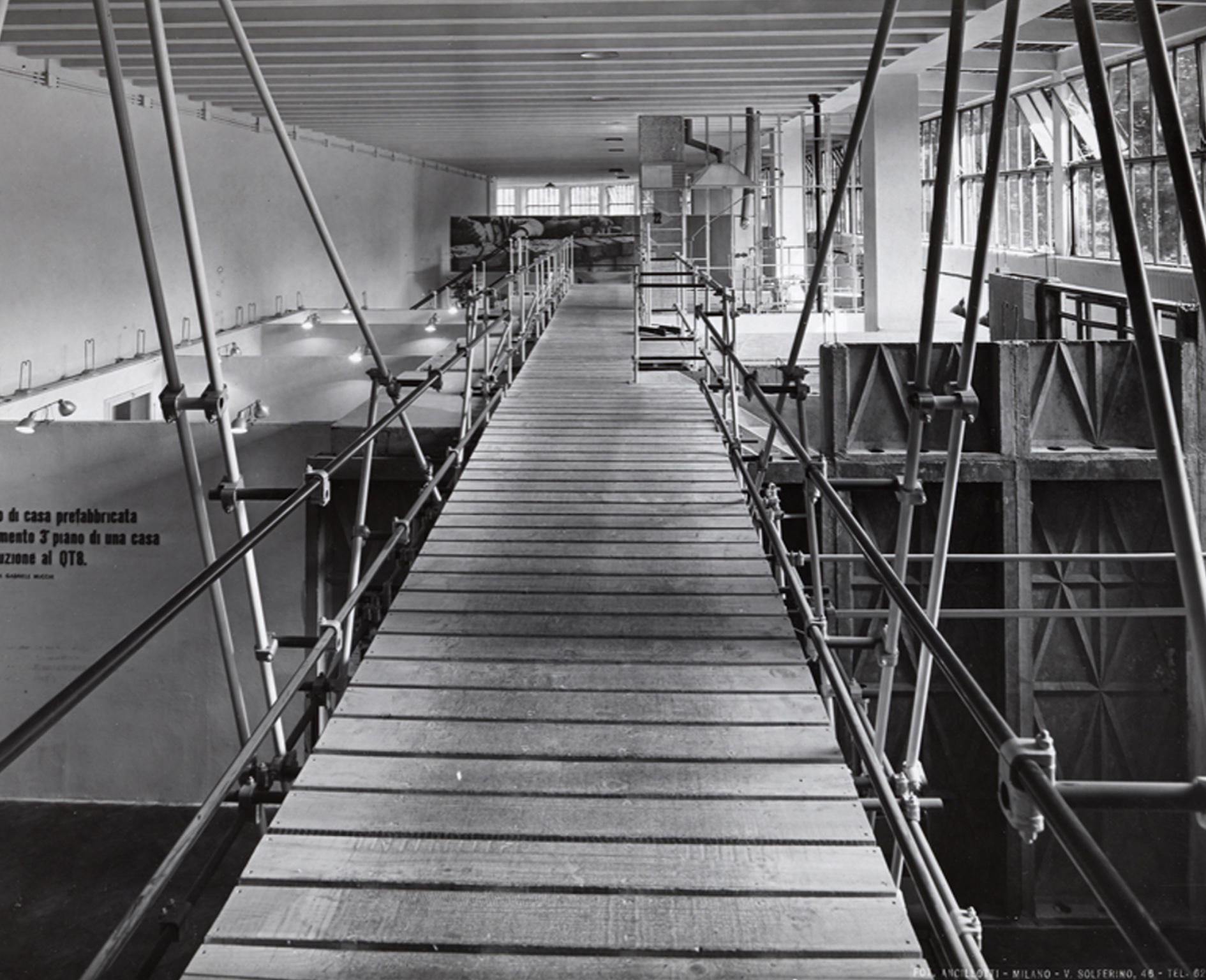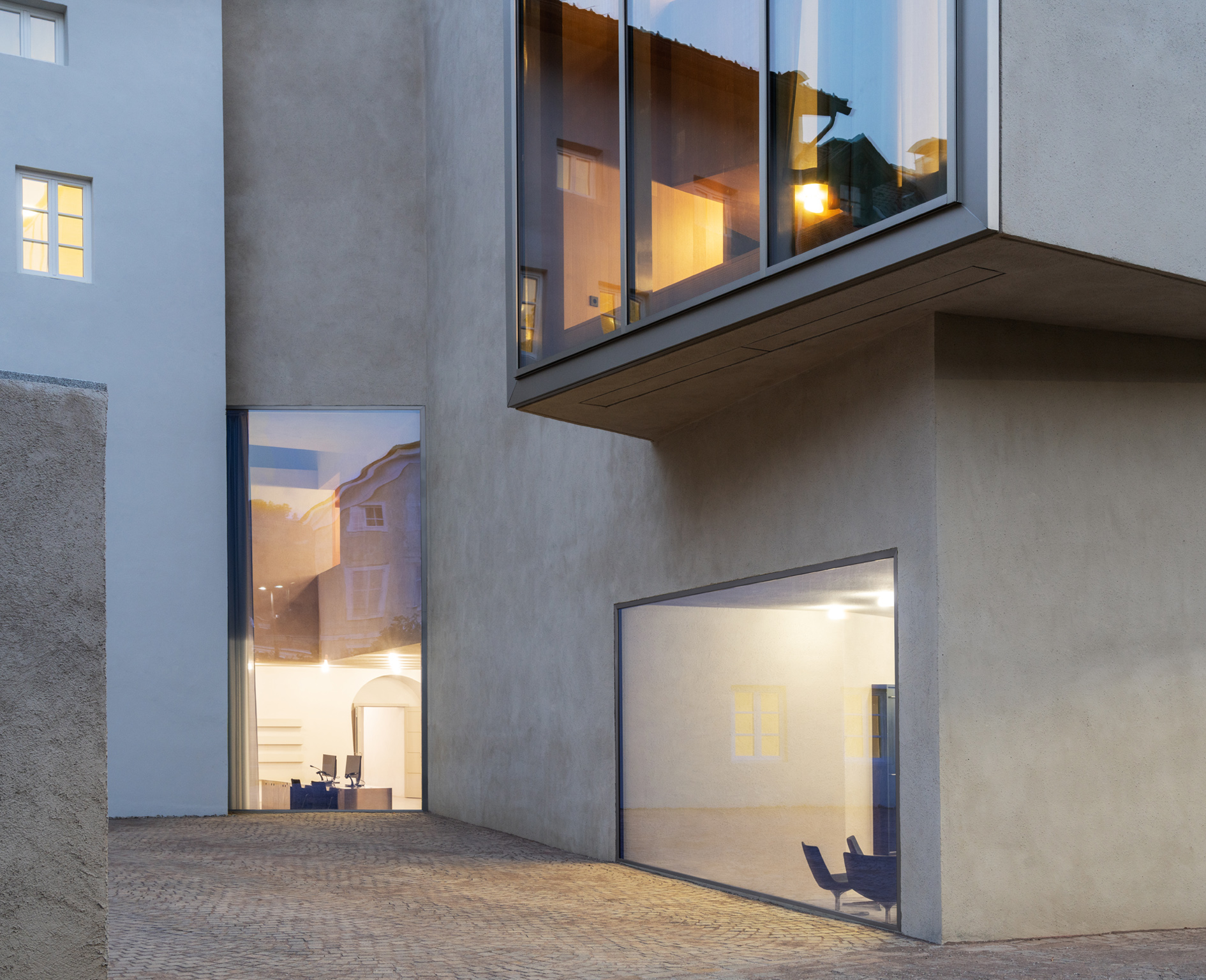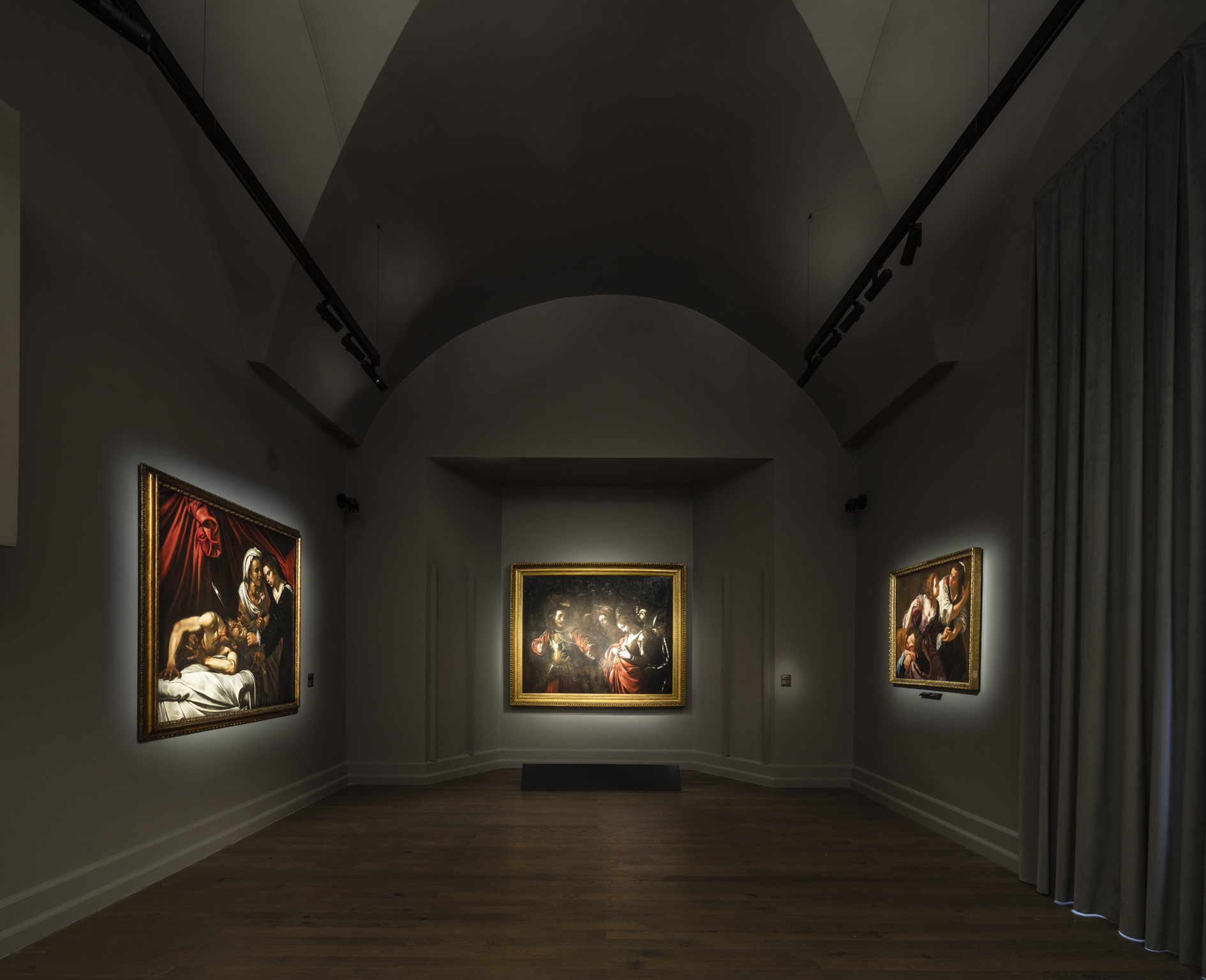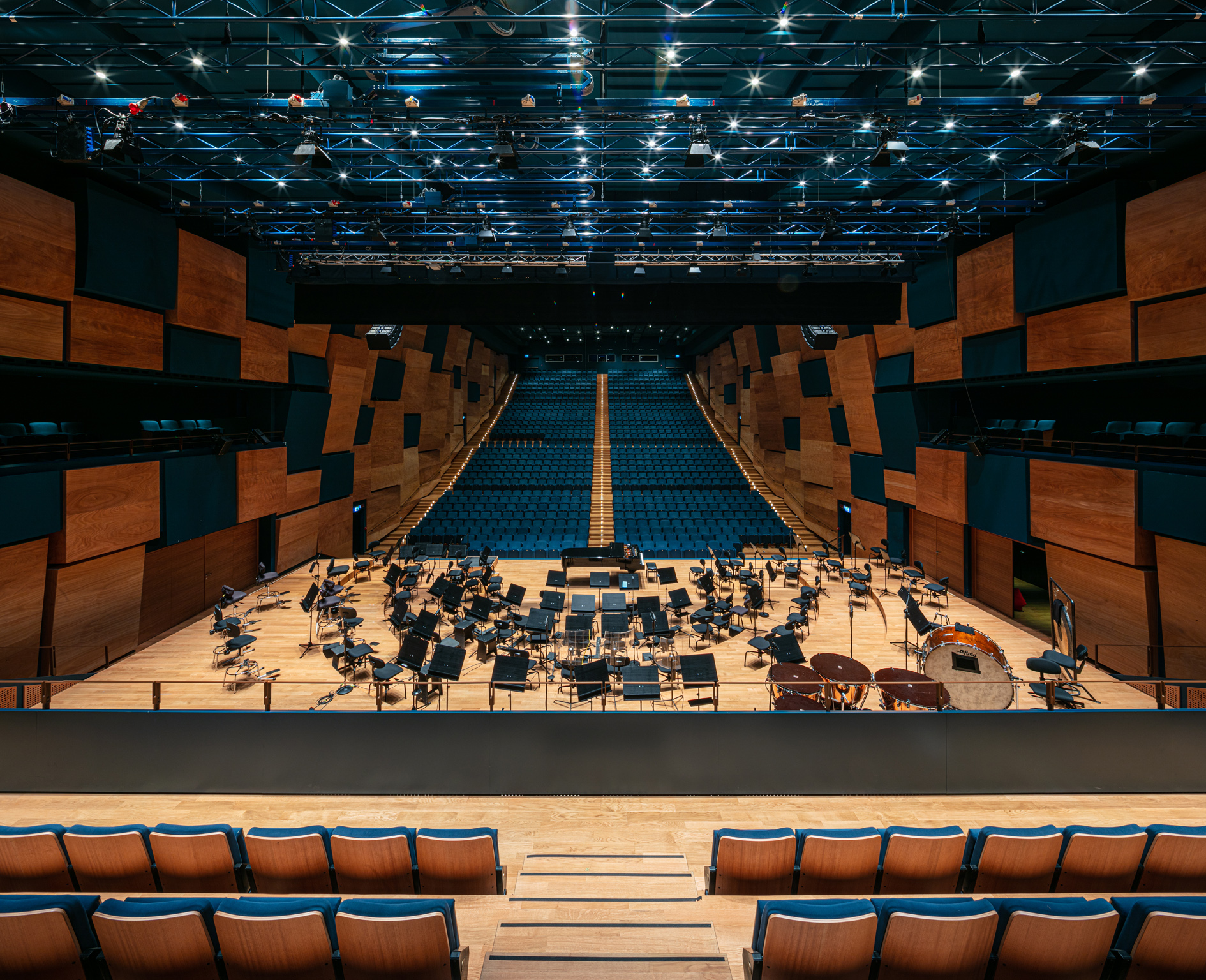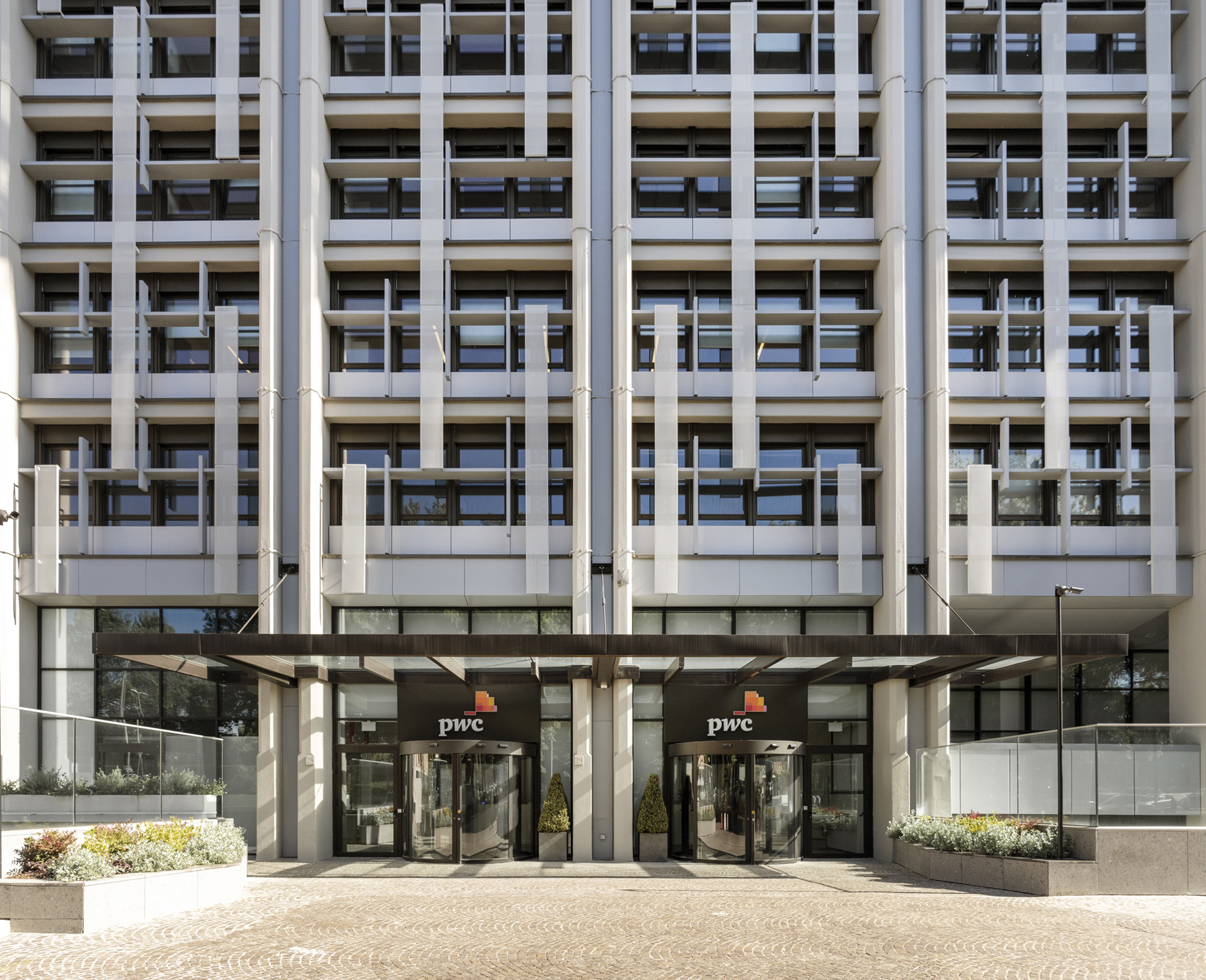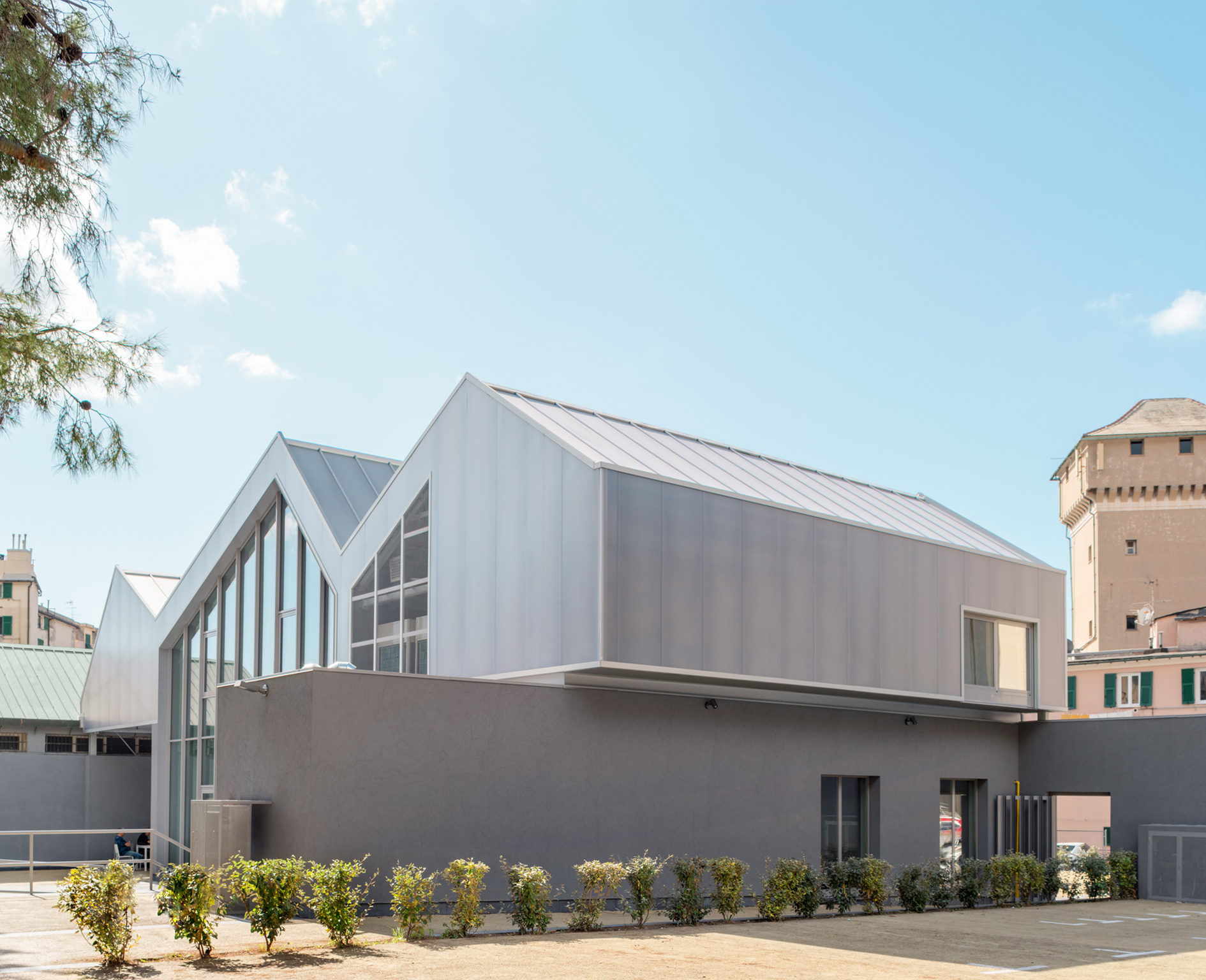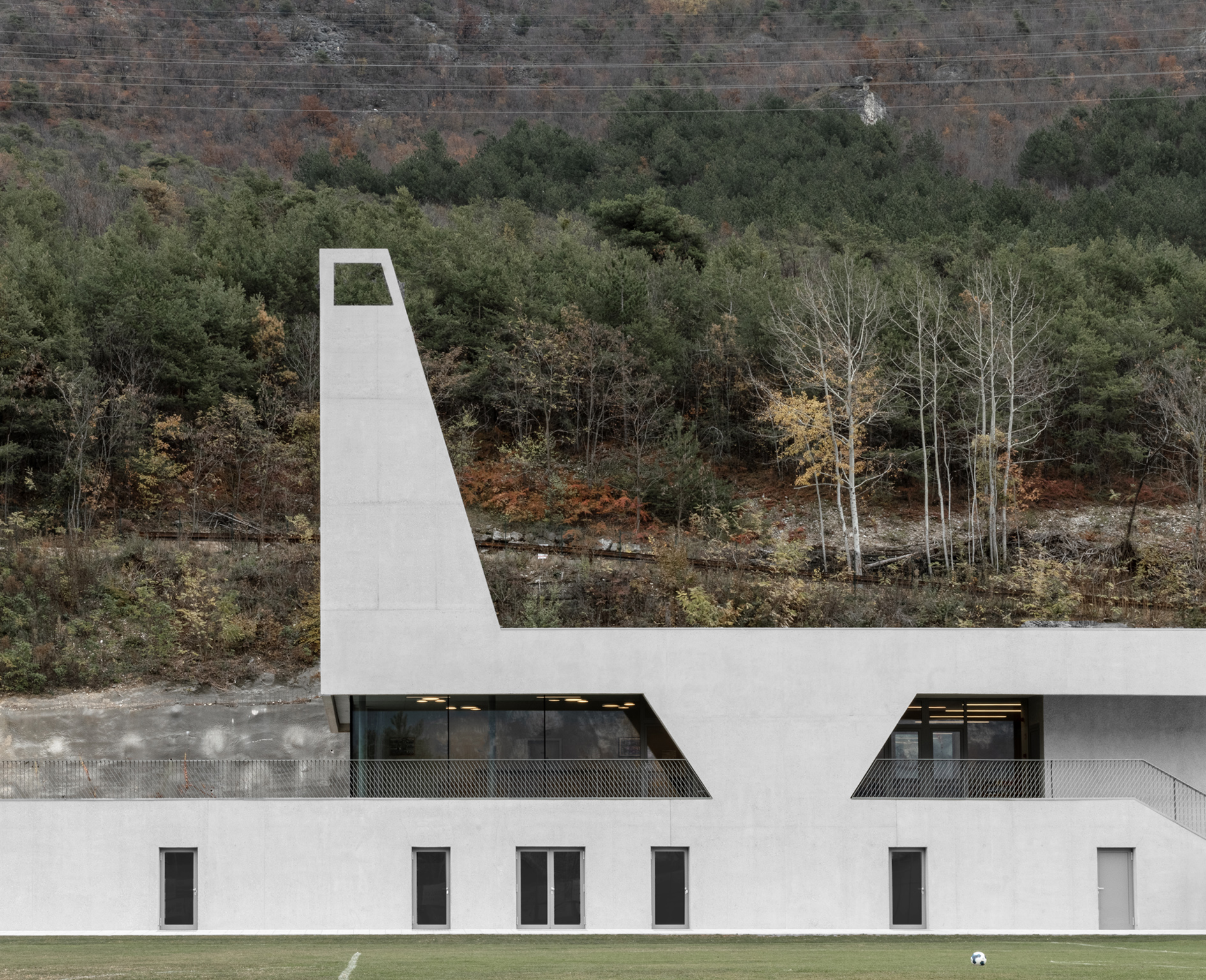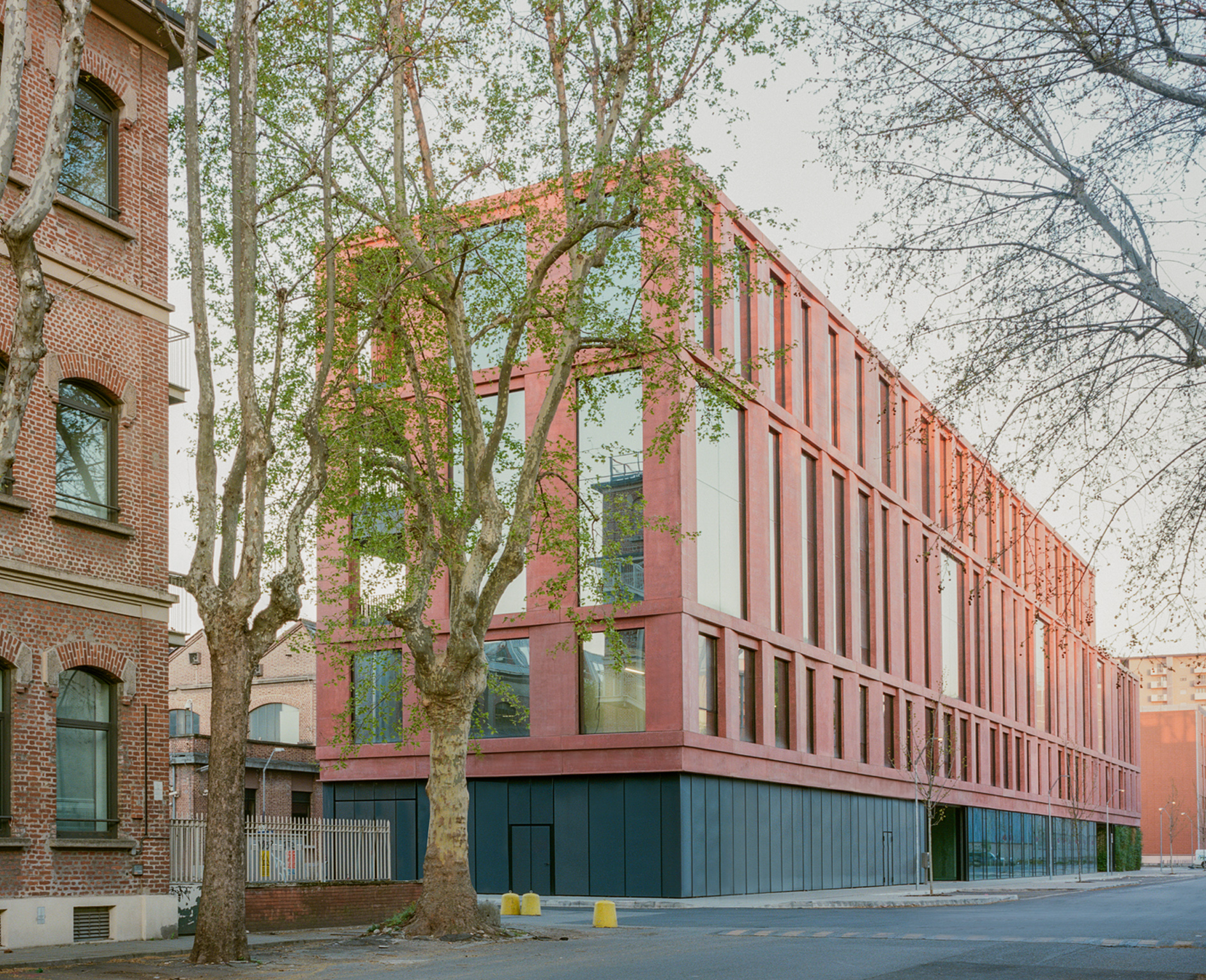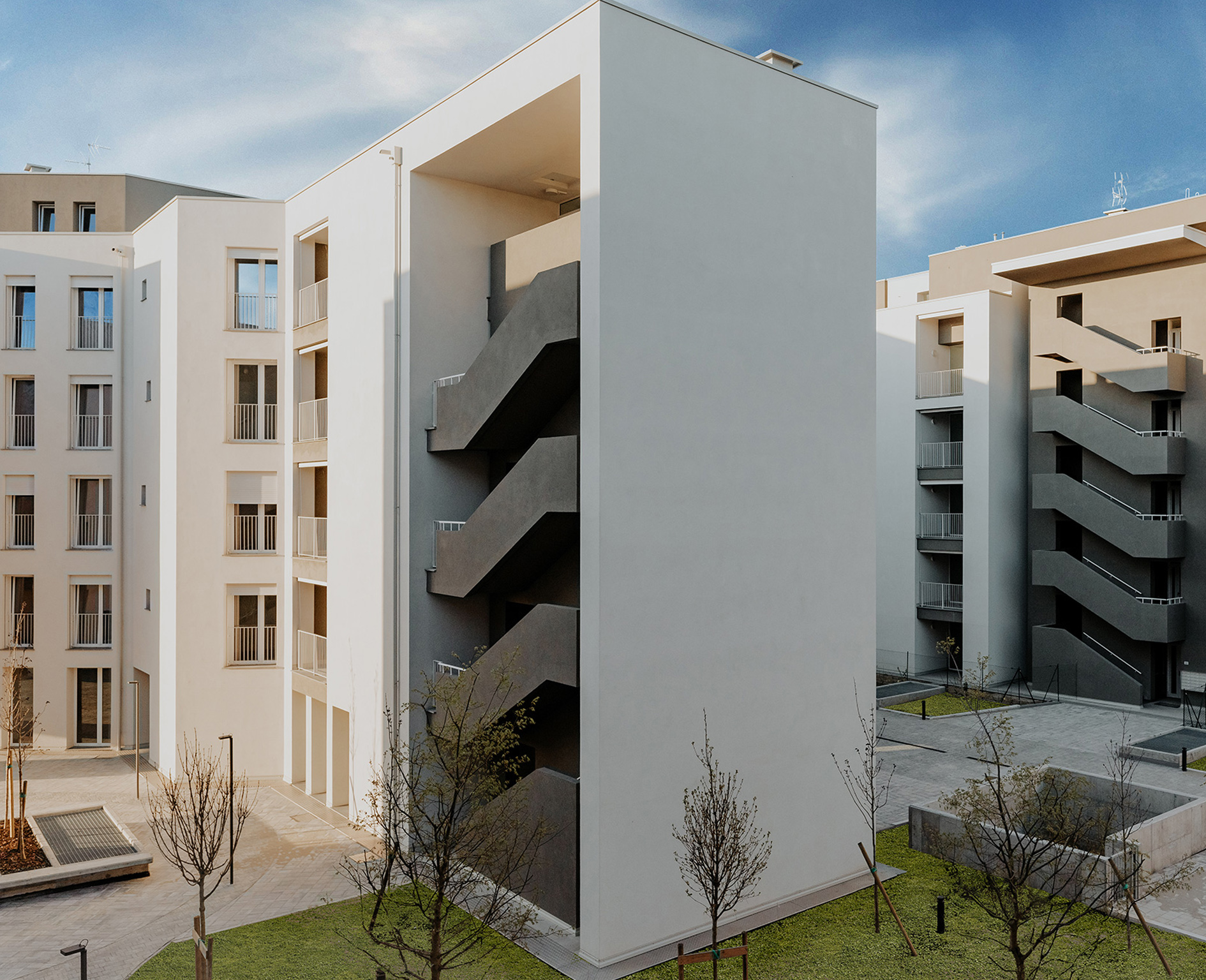CATALOG HOUSES IN ITALY ACROSS COLONIAL EXPANSION, RECONSTRUCTION AND ECONOMIC BOOM: EXAMPLES OF ANTE-LITTERAM MASS CUSTOMIZATION
introduction
Laura Greco, Francesco Spada
Prefabricated single-family houses with timber and metal structures represent a minor period of building industrialization in Italy, to be reconducted to small-size buildings, resulting from the dry assembly of catalog components by specialized companies, mainly active in Northern Italy. Throughout the 30 years from the Milan Trade Fair in 1932 and the First Exhibition on Prefabrication in 1962, the offer of catalog houses by designers and manufacturers includes various expressions, from buildings for colonial expansion, post-war emergency and reconstruction, to holiday homes for the middle class, which stands as the protagonist of the socio-economic recovery in the ‘50s. Despite the effort for renewal, the construction site keeps a vital role in the organization of the construction processes: struts and transverses are still realized on the site, as well as buffer walls and floor slabs. However, there are evident signs of innovation:
the modularity of planimetric layouts and the typification of components and unions, the interchangeability of elements and the verification of quality standards and assembly processes in the workshop.

